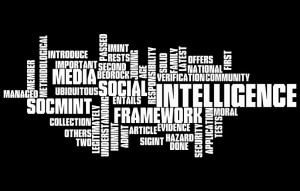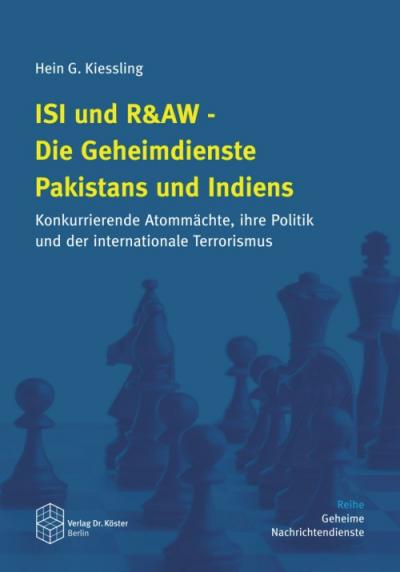In the previous issue of the International Journal of Intelligence and CounterIntelligence, Joshua Rovner, an Associate Professor of Strategy and Policy at the US Naval War College, has published an article on ‘Intelligence in the Twitter Age‘, yet another take on SOCMINT as it may seem at first sight. Without paying too much attention to the actual opportunities new, mainly open sources of information, such as social networks and private sector analysis firms, provide, and the manifold challenges they pose (verification and validation, separating signals from noise, etc.), Rovner looks into “how traditional intelligence agencies can remain relevant to policymakers and contribute something useful to the policy process”.
Interestingly, he argues that notwithstanding the massive post-9/11 growth of intelligence capabilities and structures, intelligence may nowadays “play a smaller role in strategy and policy” given the increasing impact of non-clandestine channels of information. Of course, those channels, too, must be processed by intelligence, so one may not necessarily wish to subscribe to contrasting the two that rigorously. In other words: open sources are still sources.

By laughingsquid @flickr / CC BY-NC-ND 2.0
With policy-makers being put in focus as the primary recipients of a country’s intelligence outcomes (and as ultimately responsible for shaping the respective intelligence requirements), Rovner rightly points a finger at both the “healthy tensions” as well as the “frictions” of intelligence-policy relations, the latter being the “norm” and not the exception. He continues to elaborate broadly on problems associated with the politicization of intelligence which are as important as they are well-known – even before the ‘Twitter age’.
Still, it is safe to argue that the competition between intelligence services, the traditional news media and all sorts of online content for appropriate analysis has become more visible, fierce and confusing, giving decision-makers more choices to place their bets, and more chances to fail publicly. This, in turn, may make them increasingly hesitant to rely on preliminary or ambiguous secret intelligence findings all too carelessly, making them rather go with what is widely accepted as ‘best truth’ instead – sometimes dismissing the potential informational advantage of non-open sources altogether.
It, therefore, comes as little surprise when noise (the volume, velocity, variety) does not only heavily obfuscate the collection and analysis of relevant open source information, but also becomes the main characteristic of competition for a policy-maker’s attention by the many actors involved. In order for intelligence services to provide more than just a “second opinion”, they will need to live up to the standards and pace nowadays often set outside their own soil. So what way ahead? After addressing two recent cases illustrating the aforementioned frictions (the Arab Spring and China’s nuclear warheads), Rovner is committed to reconciling intelligence services, policy-makers and the Twitter age by first presenting two very vague scenarios: 1. ‘official’ intelligence will become increasingly irrelevant compared to other sources available, mainly social media; and 2. “intelligence leaders may exaggerate the amount or quality of the information they collect in order to overcome policy skepticism”. In both scenarios, intelligence services will suffer damage, a damage that can only be averted by incorporating the “online markeptplace of ideas” and the outside experts who know how to properly cope with it into a country’s national security intelligence enterprise.
After all, this amounts to little more than a common sense conclusion. But maybe today it is common sense that is missing the most in the policy and intelligence spheres.





Post a Comment